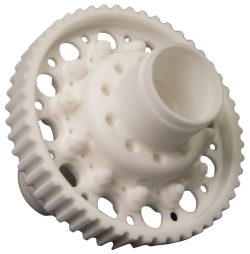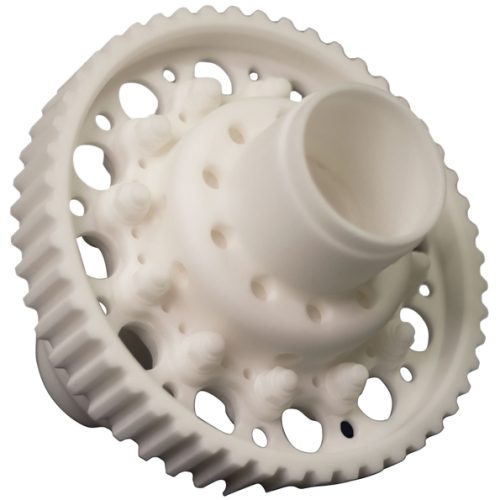Manufacturing Basics: Start with Design
Design for manufacturability (DFM) is an essential part of product research and development. In essence, DFM means that the design of a particular product merges both the desired finished product and the manufacturing process, reducing costs without compromising quality.
What Makes DFM Such an Important Part of the Process?
According to statistics, approximately 70% of the cost of manufacturing parts comes from the choice of materials and the manufacturing process. The rest comes from decisions made at the beginning of production, including planning the manufacturing process and choosing the right tools for the job.
For those not making use of design for manufacturability, going from creating the prototype to full-scale production can be challenging at best. When you start by taking DFM into consideration from the beginning stages of product development, it will reduce the need for redesign, improve overall quality, and increase the speed at which a new product can reach the market.
The Basics of Design for Manufacturability
Perhaps the most important factor with regard to the DFM process is being able to standardize processes such as manufacturing parts. This helps to reduce production costs and the need to carry excess inventory, and makes it easier to scale up the manufacturing process. This concept can be explained in these ways:
- Design parts that can be used in multiple final products or that can be reused within as part of a specific end product.
- By standardizing the hardware needed for production, the manufacturer can reduce the need to carry excess inventory.
- Designs that are modular in nature will make redesigns and product changes simpler.
- Allows the end user to use a series of standardized components instead of needing to custom-make parts in many instances.
Getting Started with DFM
There are four important factors involved in design for manufacturability:
- Communication – Creating a way to minimize loss and risk when machining parts. It is vital that designers and those out on the production floor remain in constant contact with each other. What might look good on the computer screen may not be practical during production. Those involved in the manufacturing process are more experienced in production issues than the design team.

- Choosing the Right Process – Part of a successful manufacturing process is determining the most cost-effective manufacturing process. Is it going to be forming, additive, or subtractive? Properly designed parts can be optimized for the chosen manufacturing process. Those on the production floor may be able to take advantage of a particular manufacturing process to simplify overall design. In doing this, it may be possible to simplify setup and operations, leading to reduced manufacturing costs.
- Choosing the Right Materials – The right choice of materials can have a direct impact on manufacturing costs, manufacturing methods, and the quality of the finished parts. Material choice is based on a number of factors, including the properties of the part, how long it will last, and what weight requirements might come into play.
- Manufacturing Infrastructure – In as much as you should optimize part designs to simplify the manufacturing process, you also need to be able to optimize your production workflow.
When you are ready to take the next step in manufacturing technology, reduce your costs, and increase the quality of your parts, contact Additive Manufacturing at (877) 238-7907 or visit us online.

